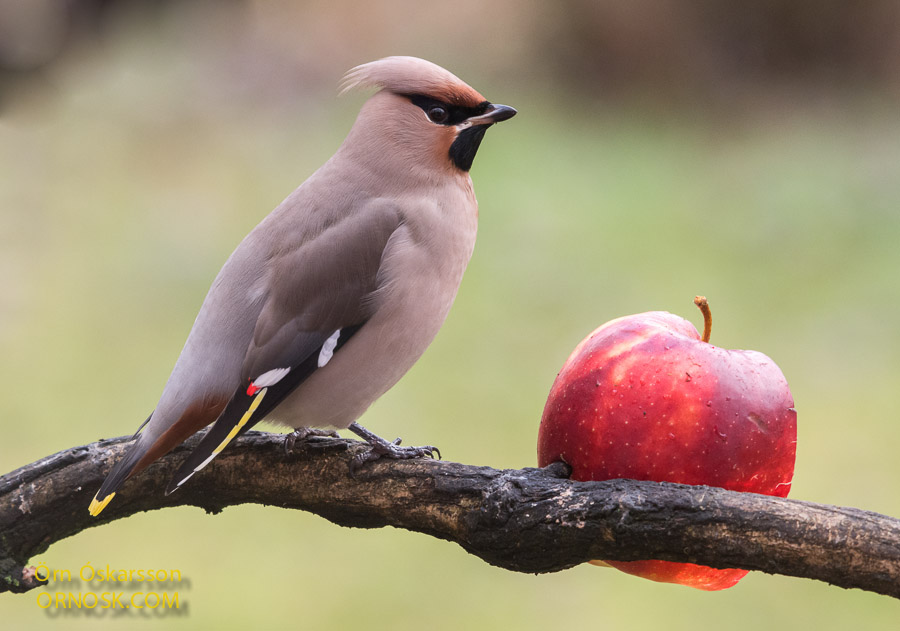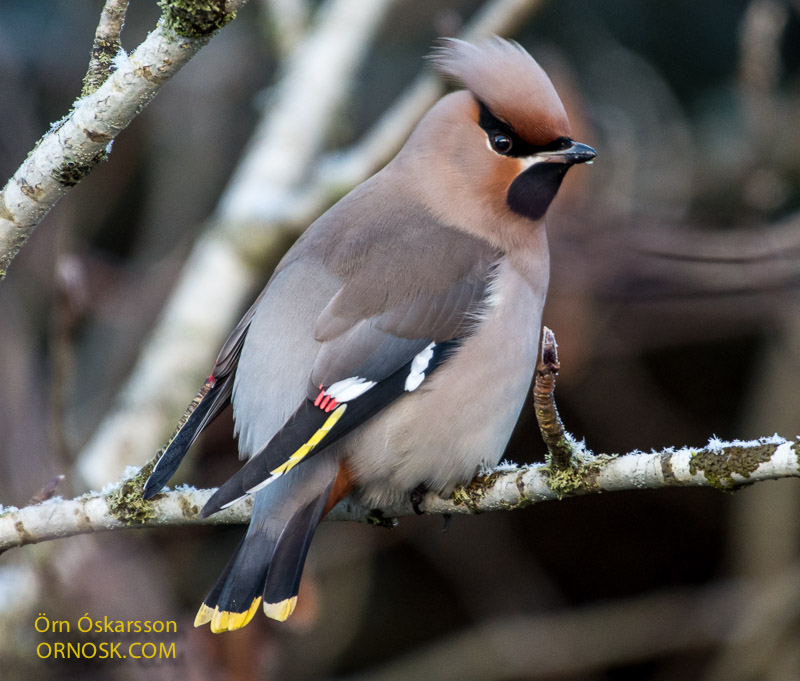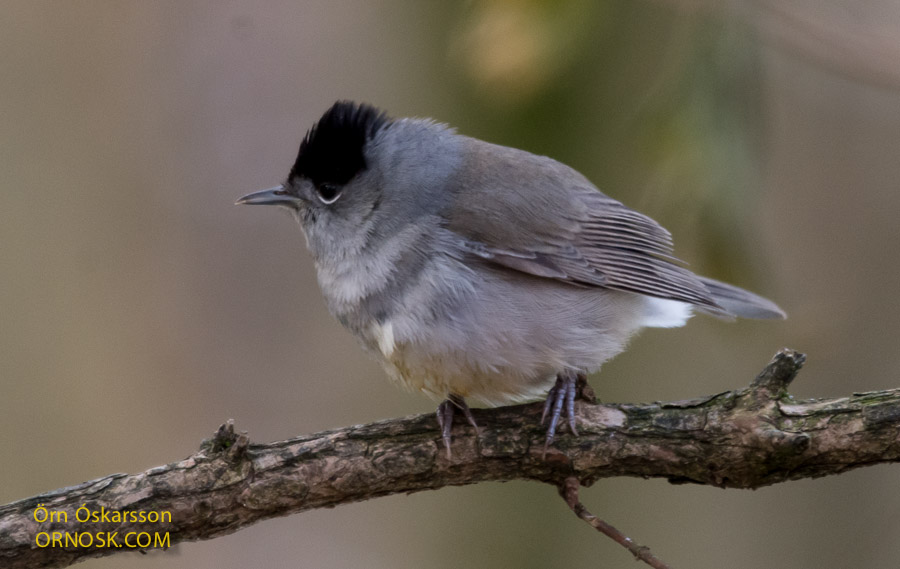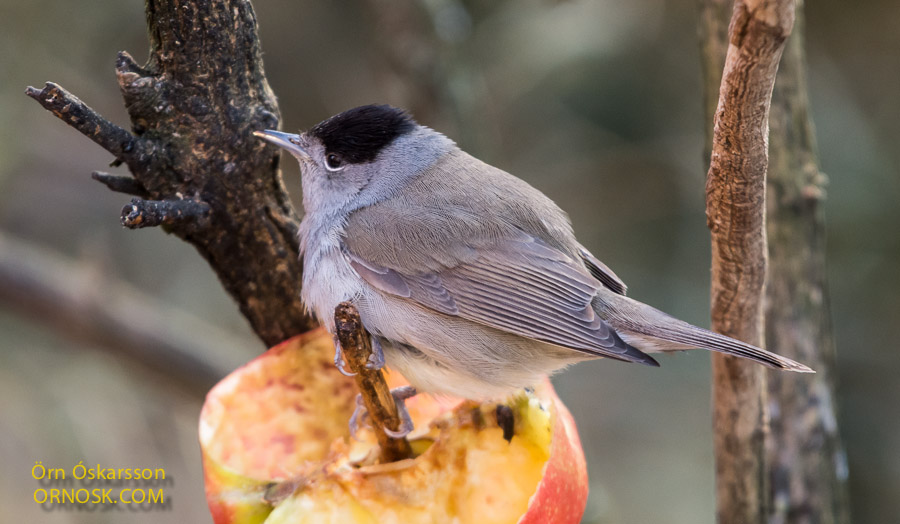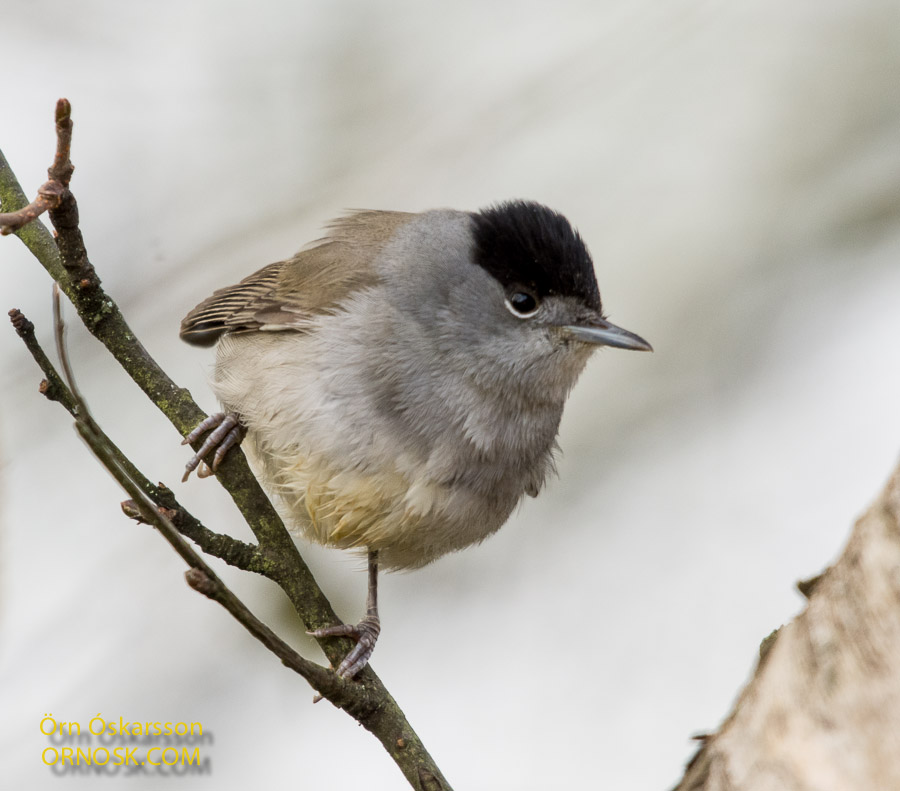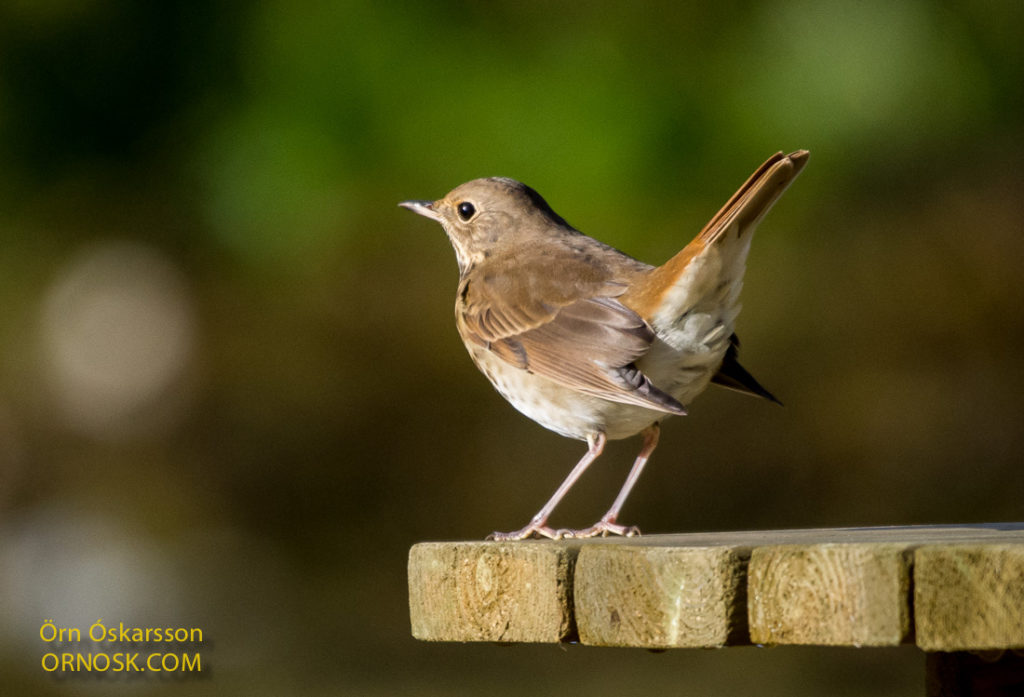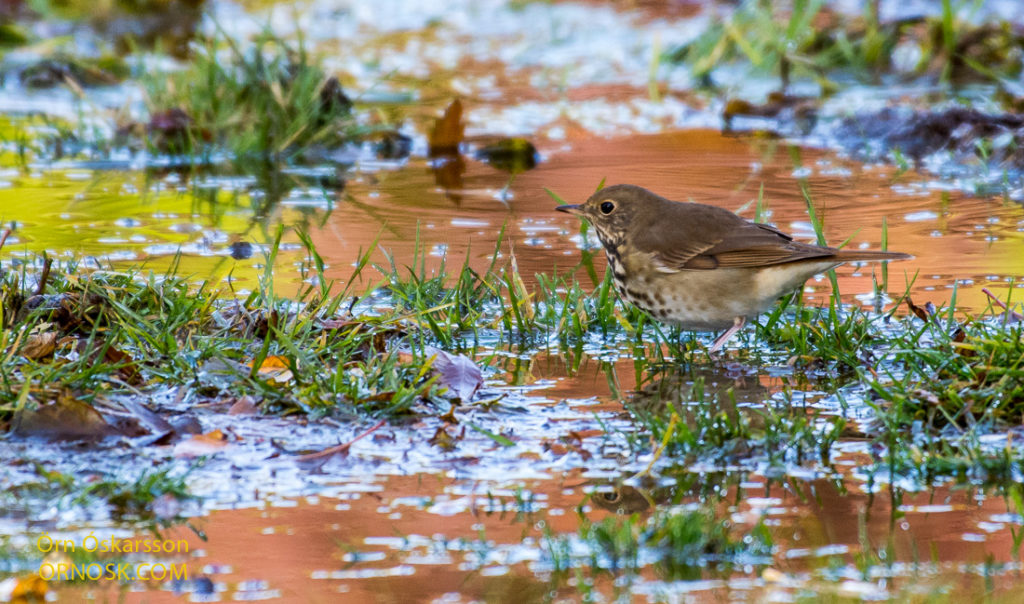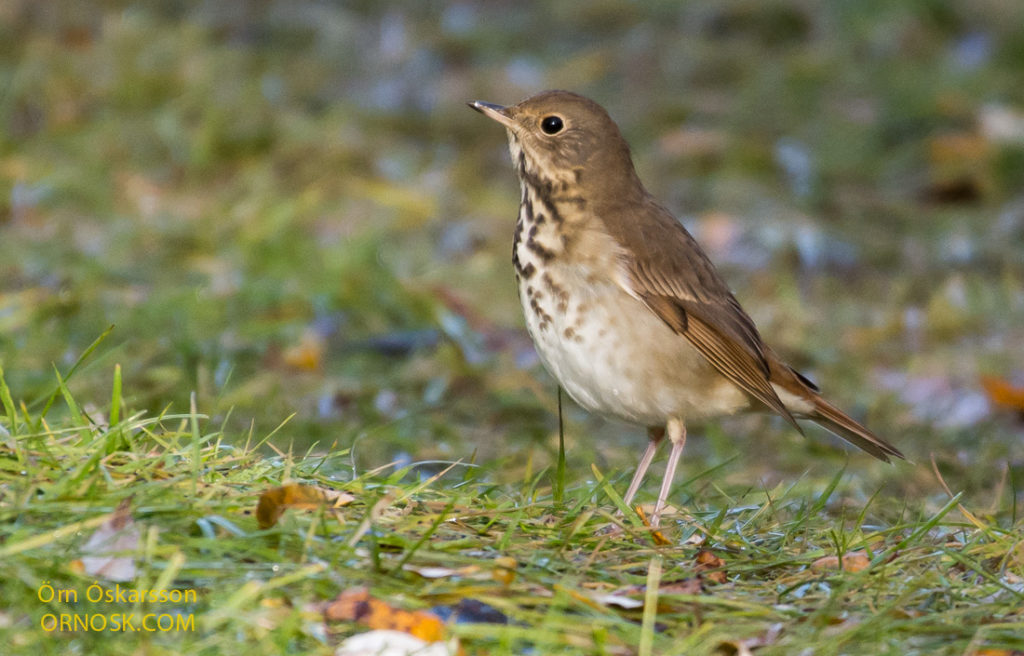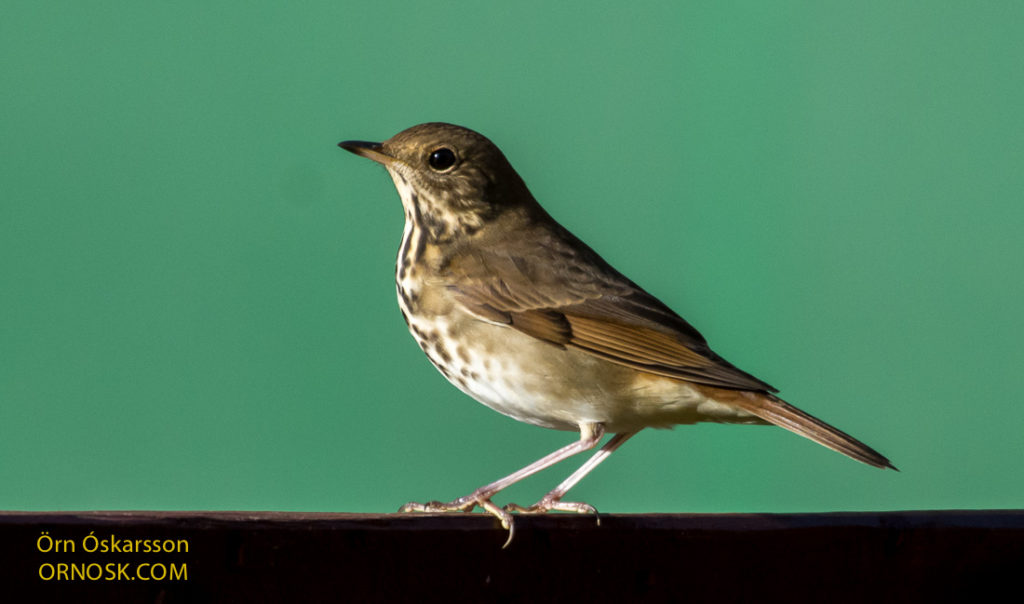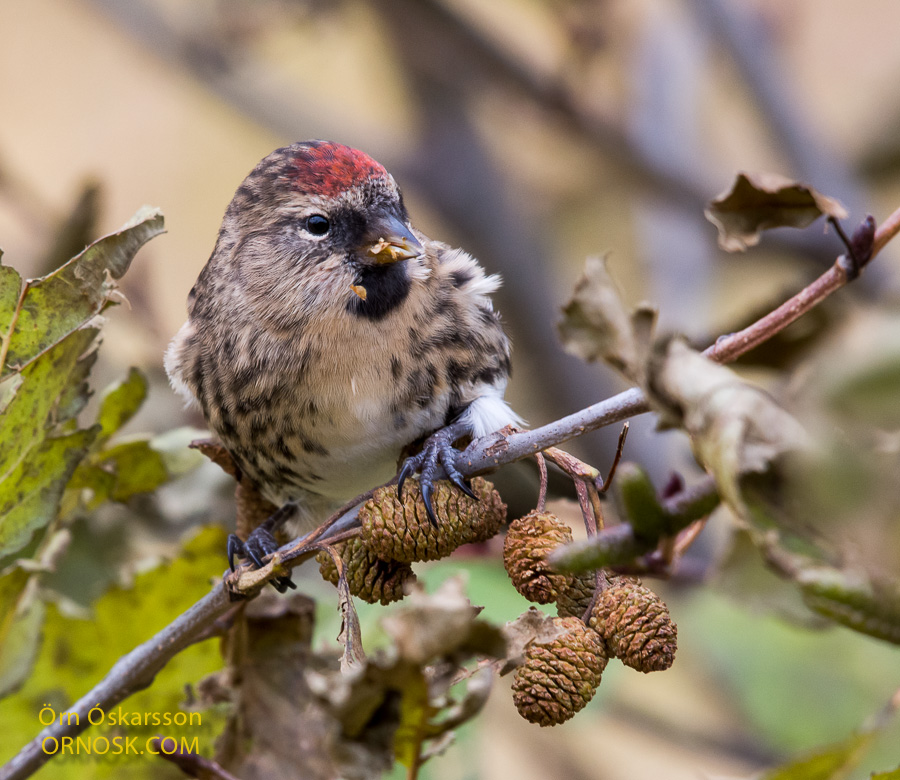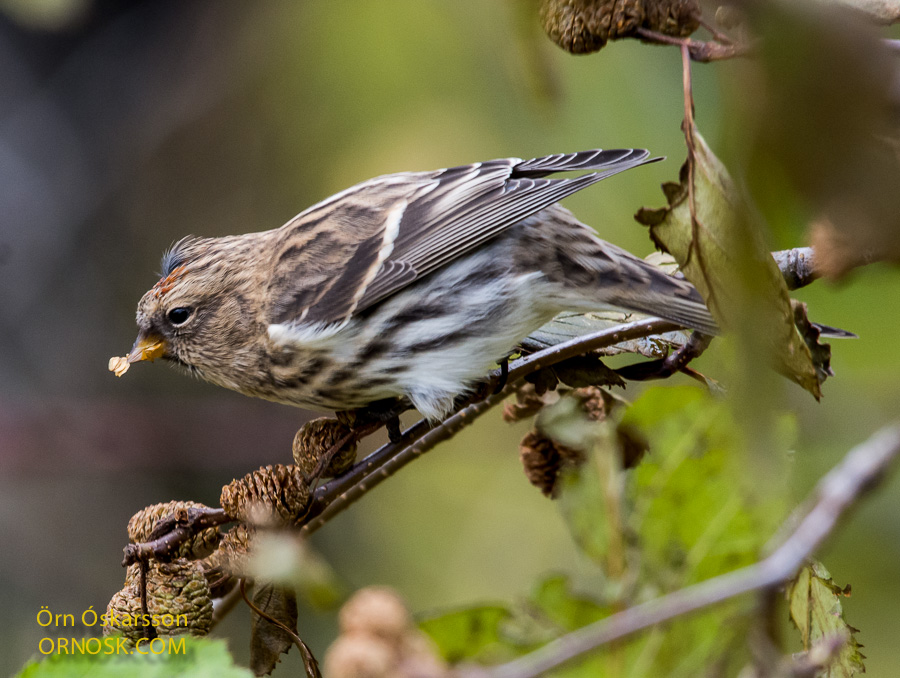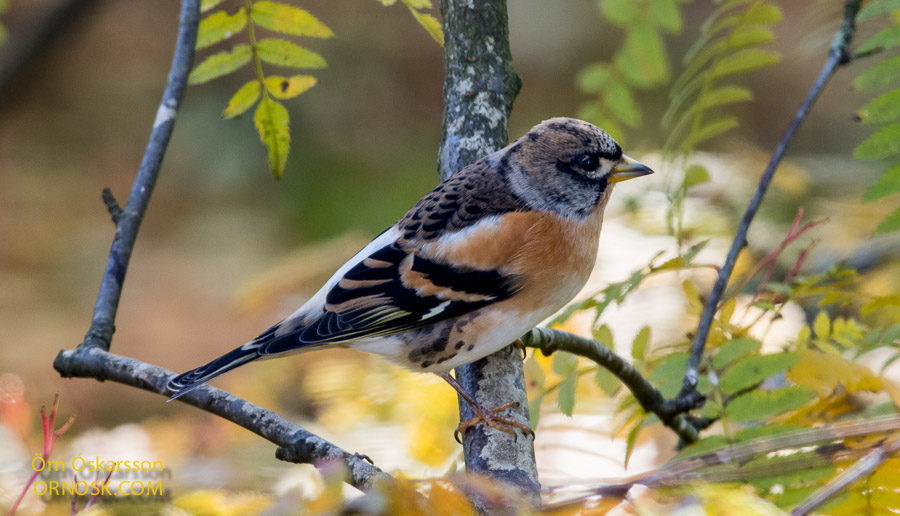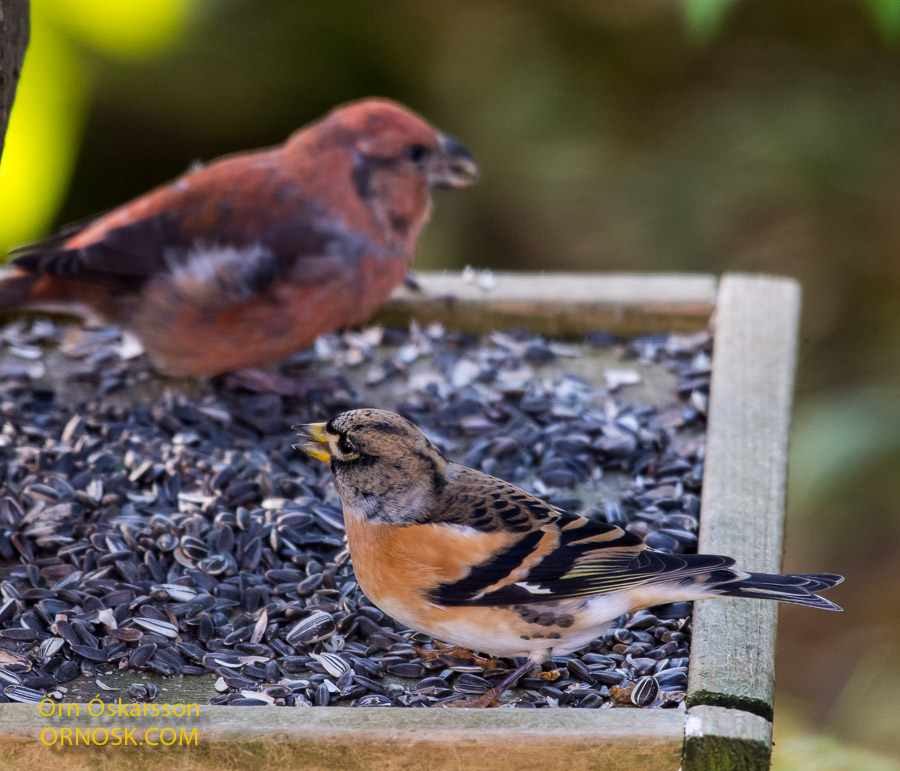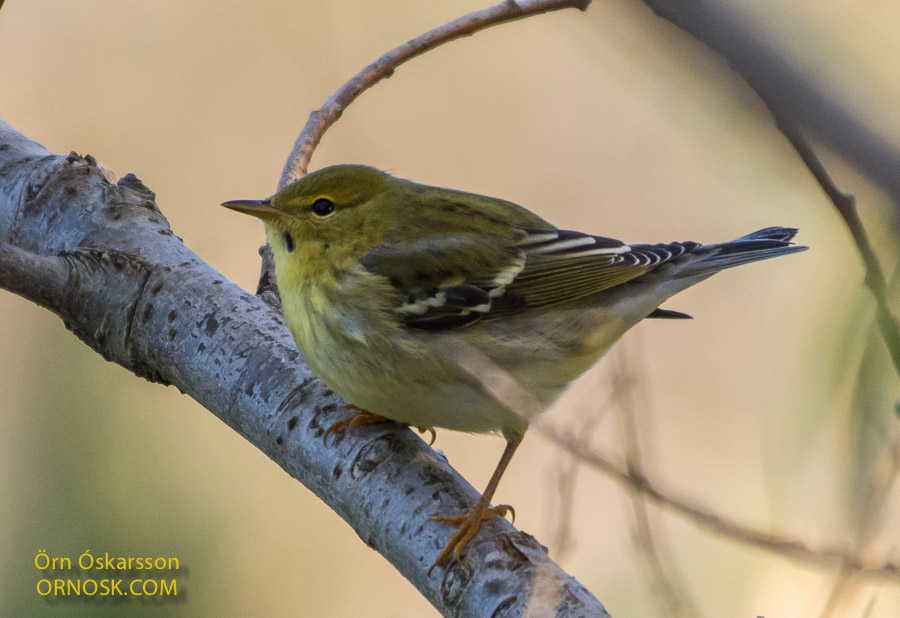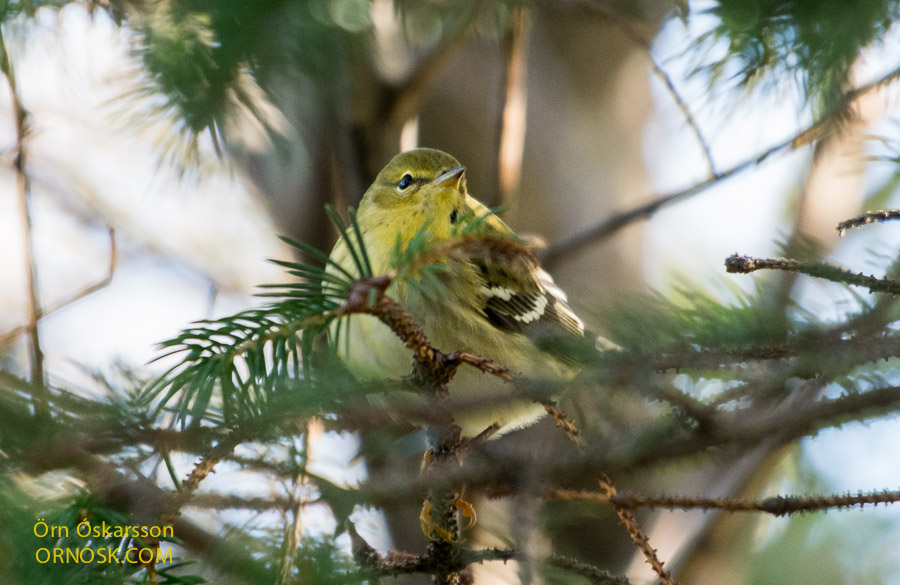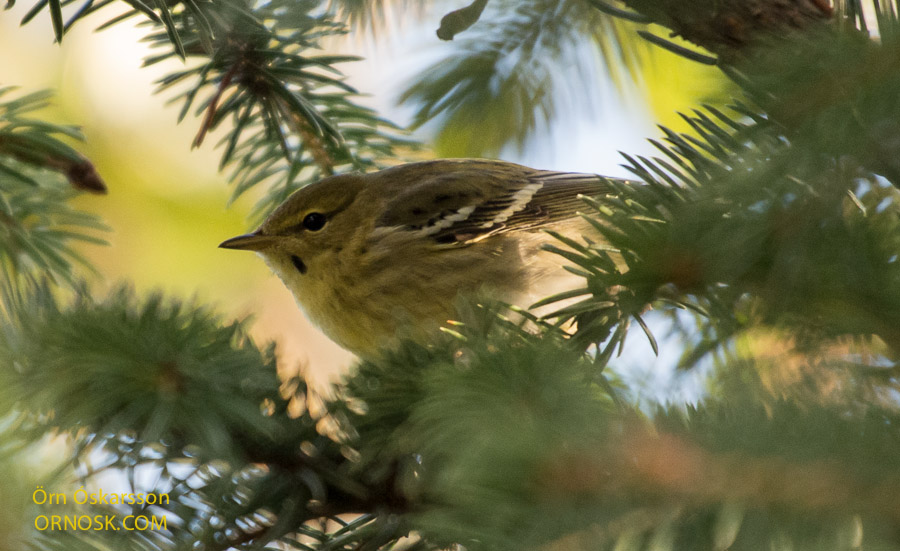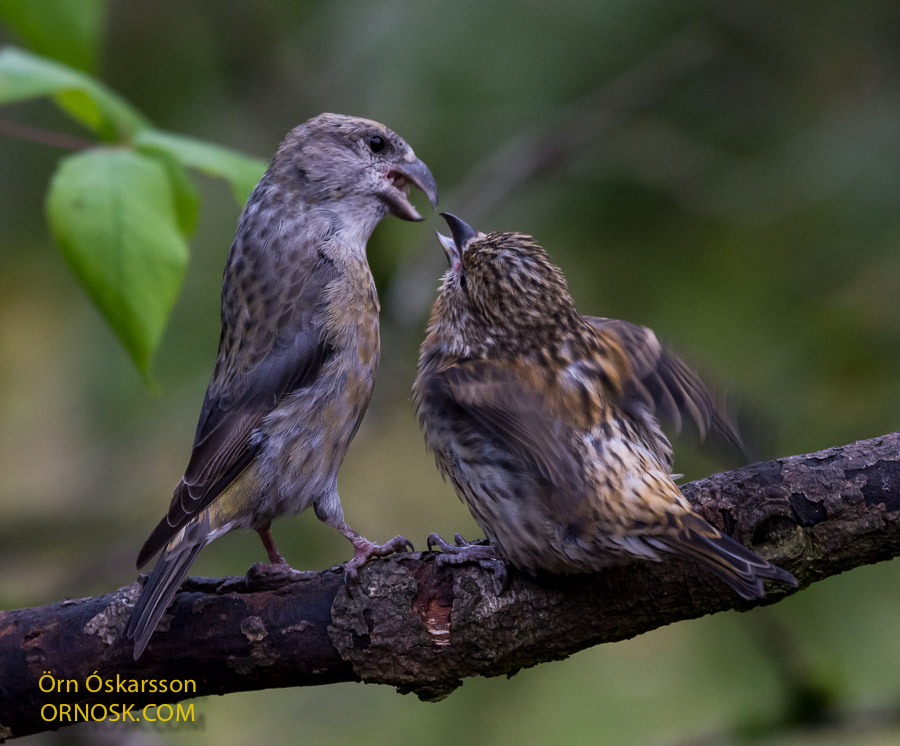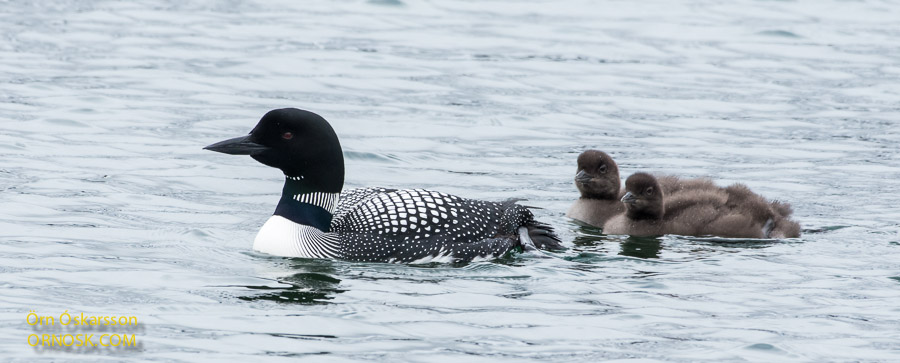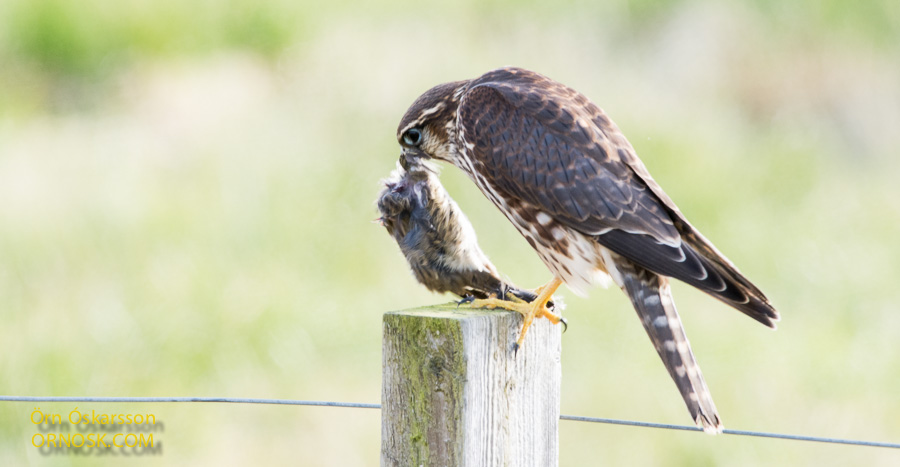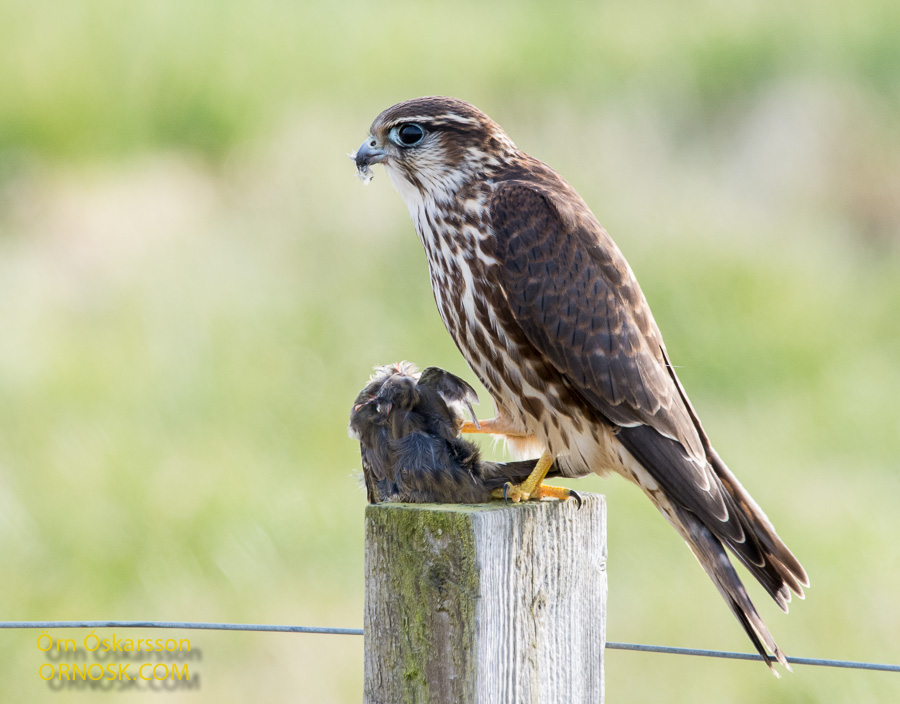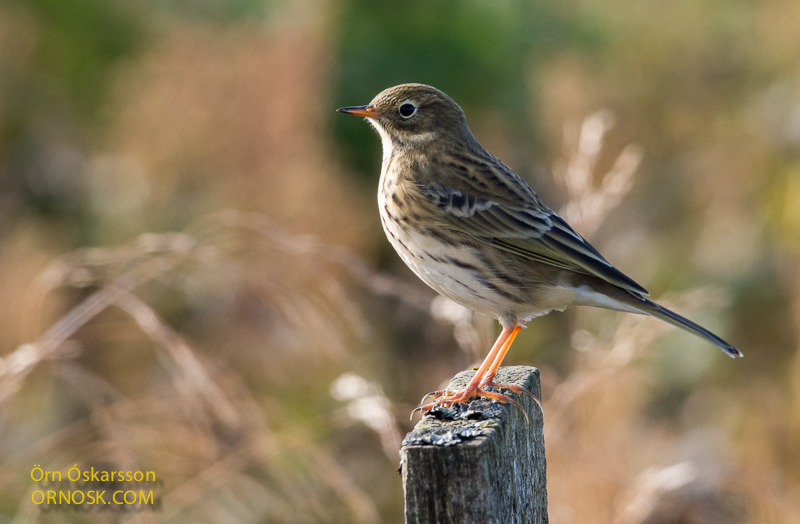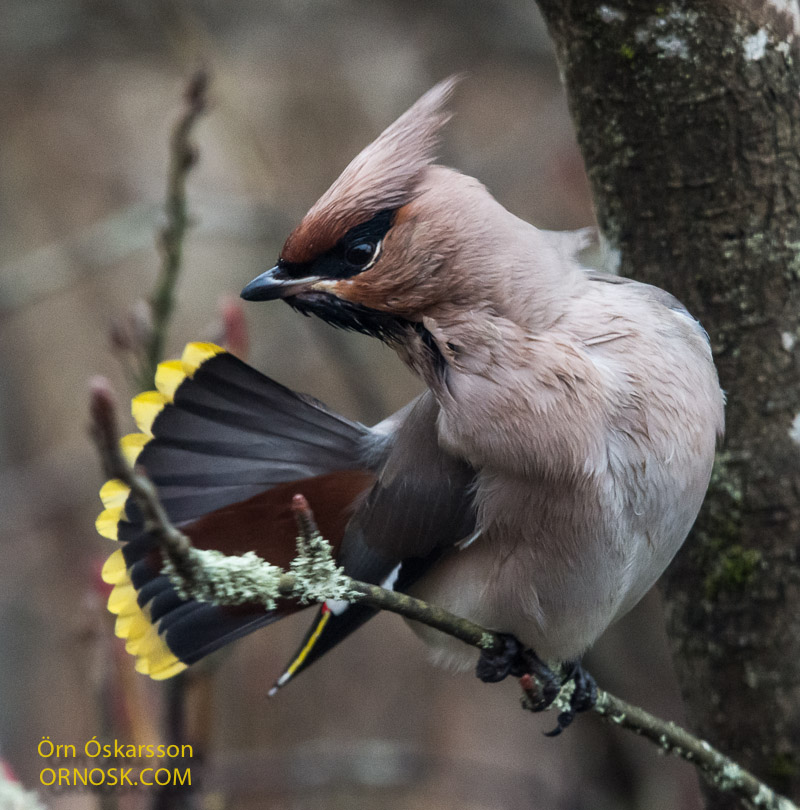
There is a Bohemian Waxwing in our garden! We have not had one since 2013 and we are happy. These magnificent birds do not go unnoticed as they are so different from all Icelandic birds. Bohemian Waxwings are vagrants in Iceland that probably come from Northern Eurasia.
Bohemian Waxwings breed in the northern forests of Eurasia and North America. They live on fruits and berries in the winter but insects in the summer. When food is scarce they take to travelling, often in groups. Sometimes groups from Eurasia visit Western Europe in search of food.
In the last two weeks it seems that groups have come to Iceland, mostly in the North. This is the only Bohemian Waxwing having been reported here in South Iceland this autumn.

